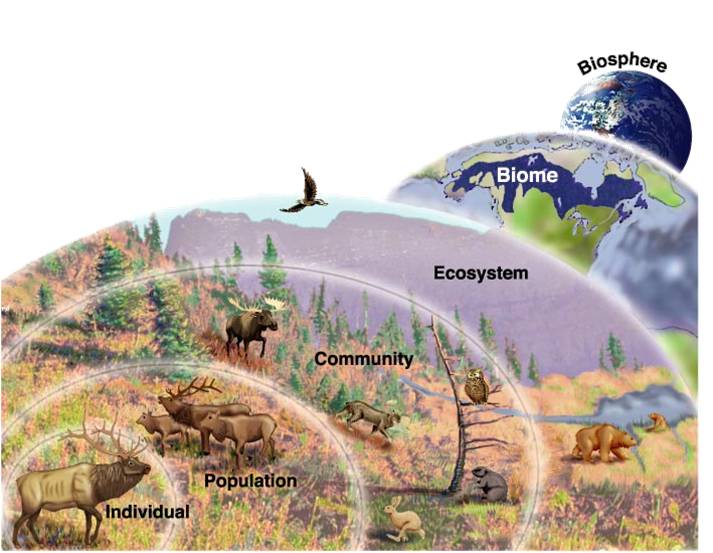What levels of organization include abiotic factors?
1 Answer
Generally, the ecosystem is the lowest level of organization that is considered to include nonliving (abiotic) factors. So that would mean that ecosystems, biomes, and the biosphere include abiotic factors.
The traditional levels of organization are as follows:
- Biosphere
- Biome
- Ecosystem
- Community
- Population
- Organism
You might see slightly different lists in different places, but those 6 are standard.
An organism is an individual living thing, while a population is a group of organisms of the same species in an area. A community is multiple interacting populations, and an ecosystem is a community or multiple communities and the abiotic factors of the environment. A biome is a large region made up of multiple ecosystems and characterized by the climate and organisms that live there. The biosphere is everywhere on Earth where there is life.


